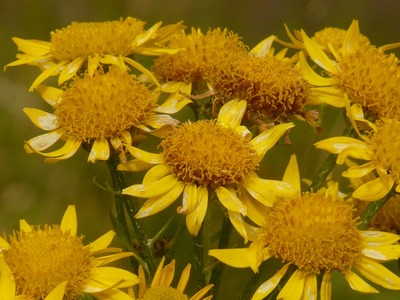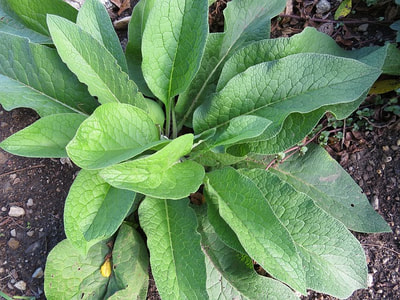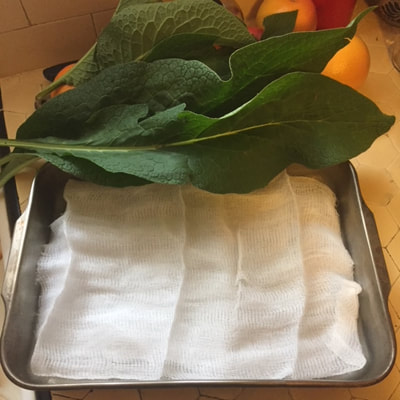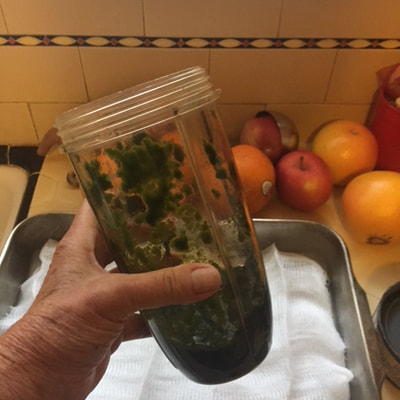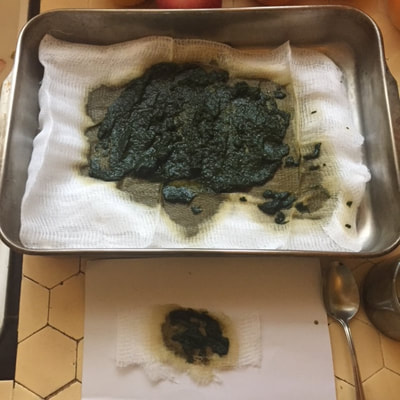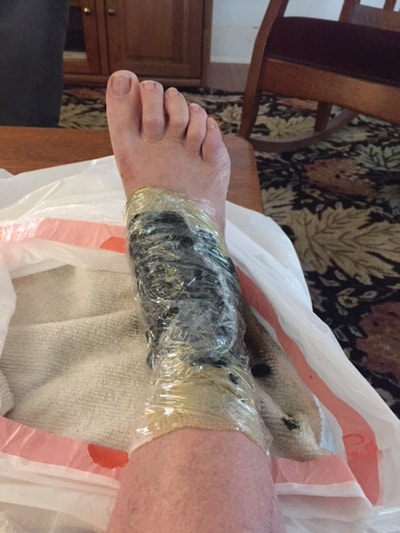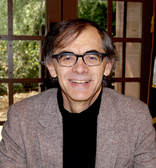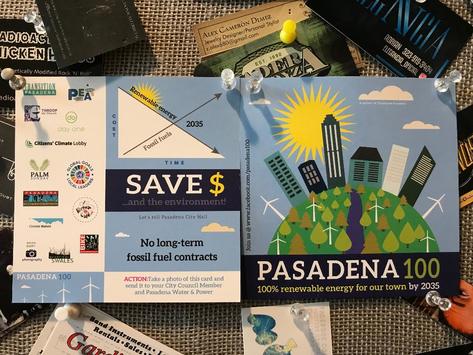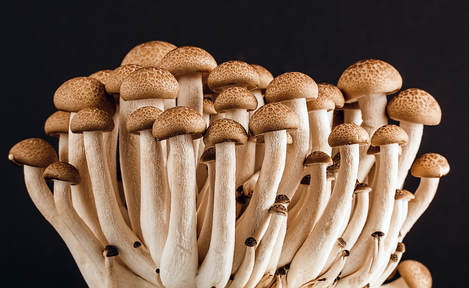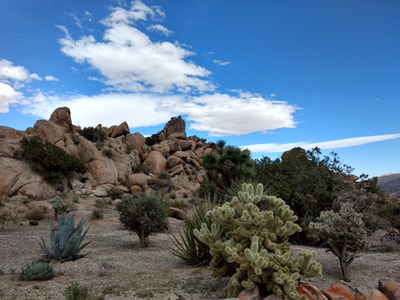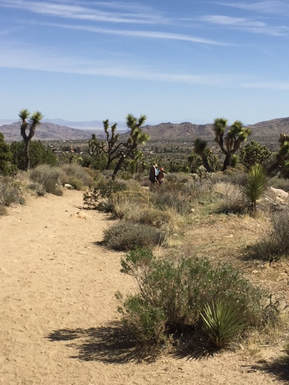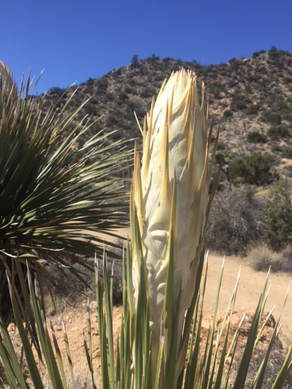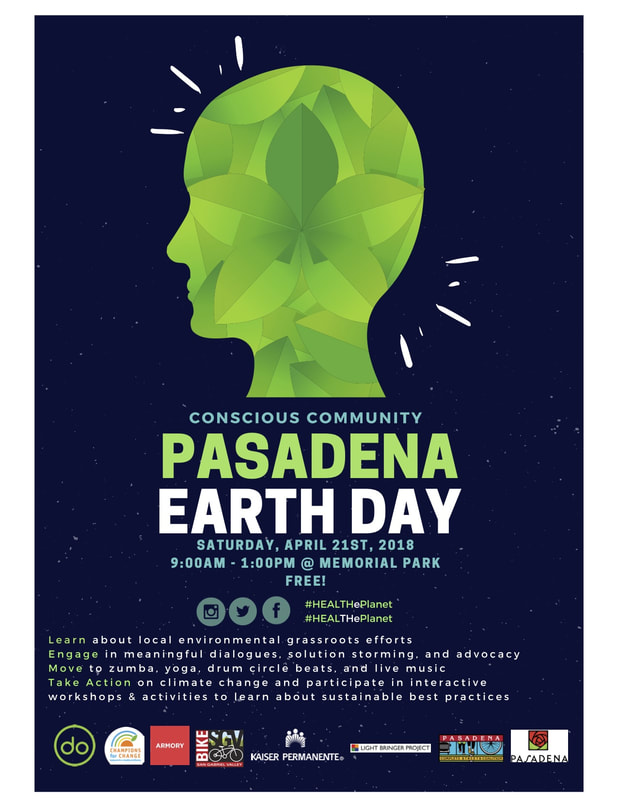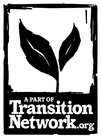I excitedly remembered I could call on another plant-friend for the first time. Comfrey, aka Knitbone, has for many generations been known to speed healing of broken bones and sprains. Modern pharmacology has identified allantoin as a chemical component in it which indeed speeds cell reproduction in bones and muscles when applied topically. You may find this ingredient in your facial moisturizer. When Transition Pasadena envisioned Throop Garden, we created places for a food forest, native plants and medicinals. We had planted comfrey!
After an X-ray the next day (no fracture!), we stopped to harvest comfrey leaves. I placed 10 large leaves and a quarter cup of water in my blender. After it was puréed it was a mucilaginous
This accident was not my first venture into plant medicine. When my daughter had a flu, and the cough lingered three months, she asked for advice. I cut Yerba Santa from Throop Garden, added it to a kettle with boiling water, and had her breathe the steam with a towel over her head three times a day. In three days' time the cough was gone!
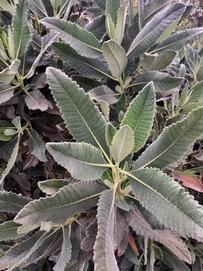 A respiratory cure: Yerba Santa
A respiratory cure: Yerba Santa Native people consider that we must be in relation with all lifeforms and those who study plant medicine understand that local plants grow the medicines we need for local ailments. Asia Suler**, a wise young woman of One Willow Apothecaries is an Intuitive Plant Medicine Maker. She says that "our human narrative has been distanced from the landscape's", that the plants have always been here seeing us and that we have just forgotten how to see them. Time slows down and I cross into another mindset when I read Asia's beautiful blog laced with introspection, spiritual mullings and joyfully delectable photos.
As for the meaning of my accident in my life right now — even in asking the question there was some kind of acceptance of the crisis. It has reminded me that as a nurse I enjoy learning about and sharing the healing methods available to us all if we can see the gifts the local plants are offering. And it reassured me that I am integrating a key message of the Transition Movement. The message is that we can build resilience for difficult times by networking; I relied on my growing network of medicinal plants.
—Therese Brummel
* To learn about plant walks with James Adams, contact: [email protected].
** Asia Suler offers classes in verdant North Carolina on connecting to the medicinal benefits plants offer. Her website is onewillowapothecaries.com.

